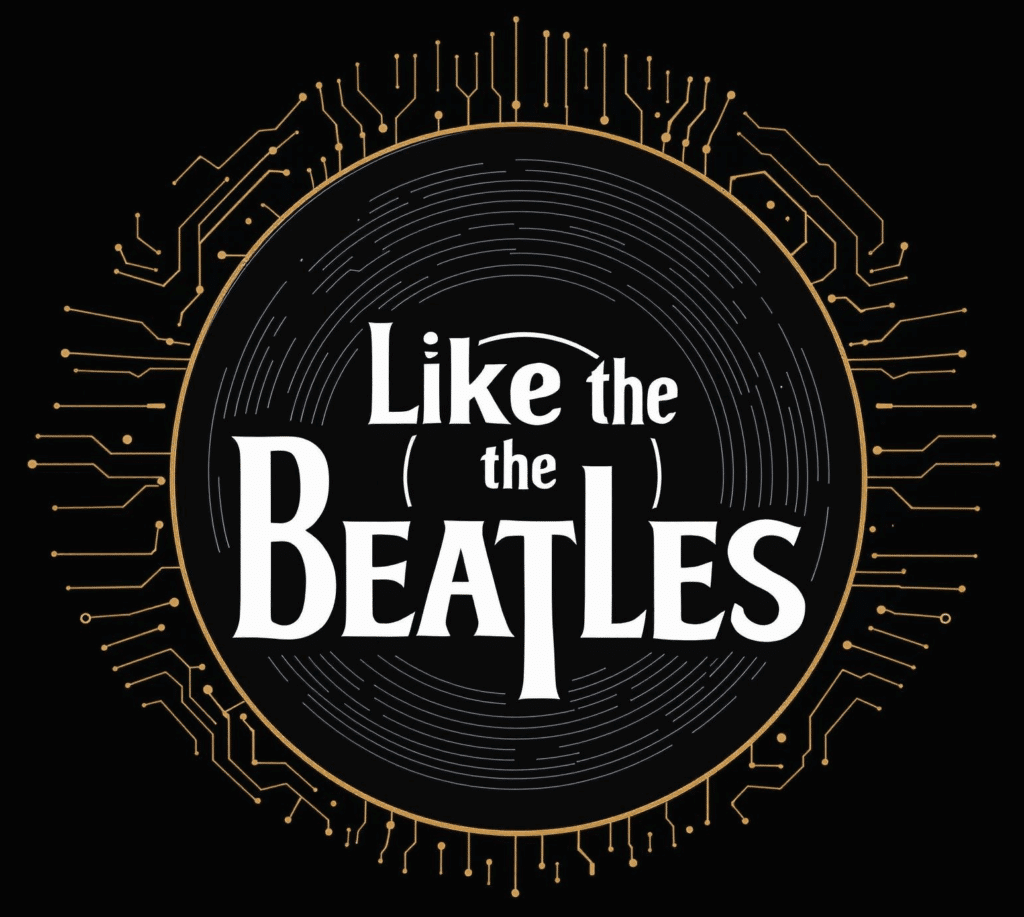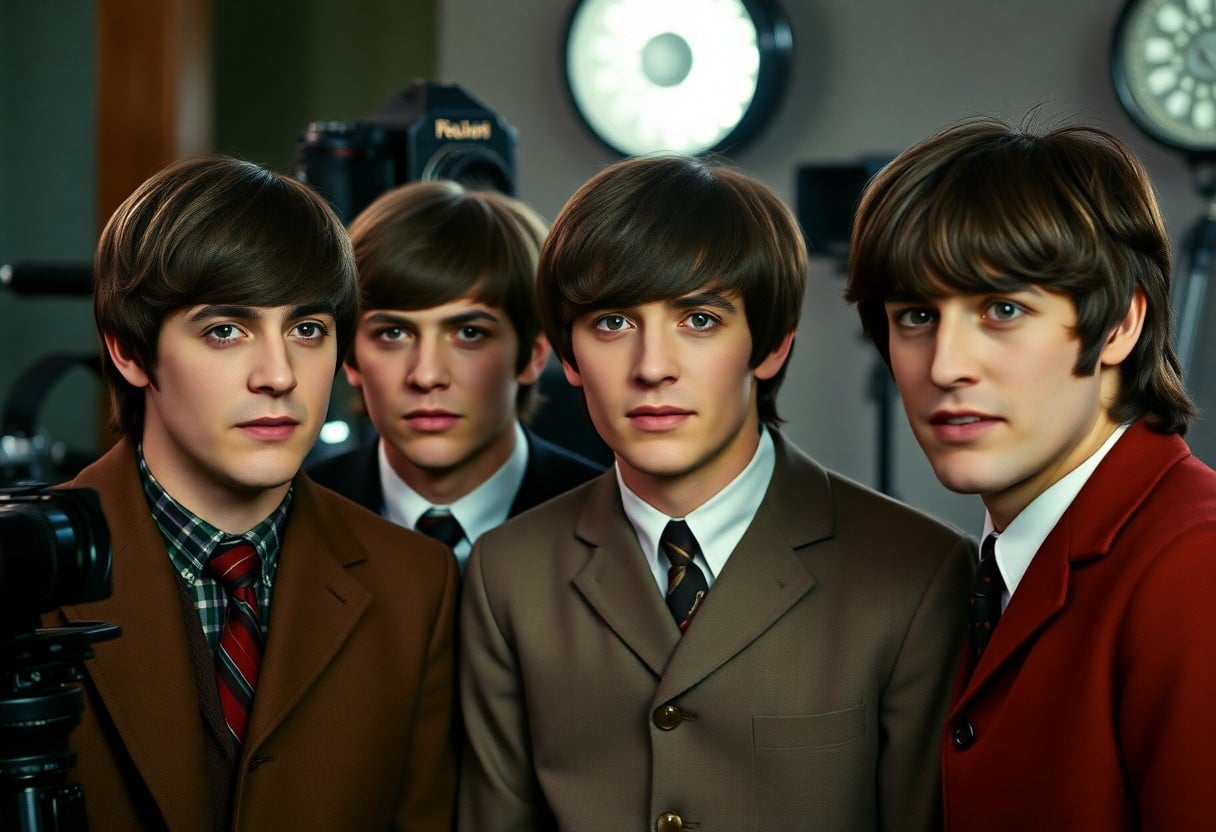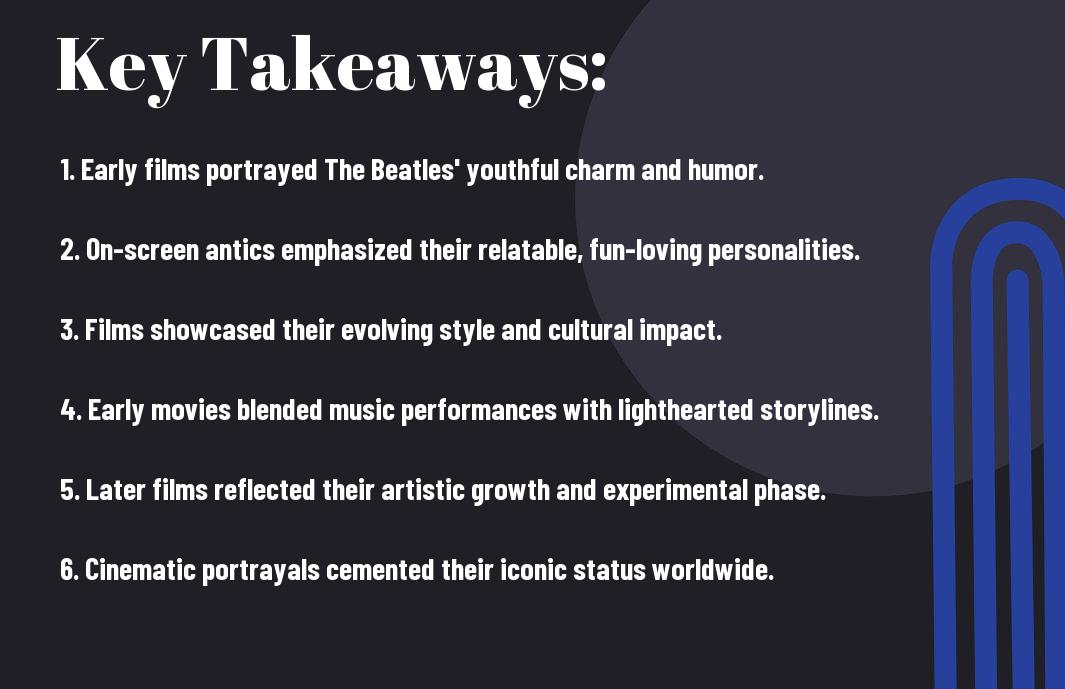With their innovative approach to filmmaking and music, The Beatles revolutionized the entertainment landscape in the 1960s. I find it fascinating how their early films, such as *A Hard Day’s Night* and *Help!*, not only showcased their undeniable talent but also solidified their playful, youthful persona in the public eye. Through a mix of humor, charm, and groundbreaking visuals, these films played a pivotal role in establishing their lasting image, allowing you to see the evolution of the band’s identity from their inception through their later years.
The Beatles’ Film Debut: A New Era
To understand the cultural shift ushered in by The Beatles, I look back at their film debut, which set the stage for a new era in cinema and music. With their arrival on the big screen, they not only showcased their musical talents but also established a unique, youthful identity that resonated with audiences around the world. This moment marked the start of the band’s journey into film, emphasizing their ability to shape popular culture like never before.
“A Hard Day’s Night” and the Beatlemania Phenomenon
Beside its catchy tunes, “A Hard Day’s Night” captured the essence of Beatlemania—a global phenomenon that transformed the music scene. I’ve witnessed how the film’s energetic portrayal of the band and their playful personalities connected with fans on a personal level, fueling their immense popularity and forging a deeper bond between The Beatles and their audience that went beyond mere music.
The Impact of Music Video Aesthetics
Impact is evident in the way The Beatles revolutionized music videos through their films. The addition of visual storytelling to their songs in these early films set a new standard, engaging viewers in ways that music alone could not. I find that this innovative approach not only enhanced their artistic expression but also redefined how musicians presented themselves and their work to the public.
Aesthetics played a pivotal role in shaping the visual language of music videos, especially as seen in The Beatles’ filmmaking. The combination of vibrant cinematography, stylish editing, and memorable performances allowed me to witness the genuine charisma of the band. The Beatles understood the importance of engaging visuals in communicating their artistic vision, giving rise to an era where the music video became a dominant form of artistic expression. By addressing societal themes through a visually unique lens, they not only captured the spirit of their time but also laid the groundwork for future artists to follow suit.
Narrative and Characterization in Their Films
Even in their early films, The Beatles crafted a unique narrative style that seamlessly blended playful humor with a carefree attitude. Their on-screen adventures not only entertained, but also encapsulated the spirit of the 1960s, inviting audiences into a world of youthful rebellion and camaraderie. The clever dialogue and vibrant imagery established a distinct identity for the band that resonated throughout their careers, shaping public perception from the outset to their later works.
The Fab Four’s On-Screen Persona
Characterization defined The Beatles’ on-screen persona, as each member showcased distinctive traits that contributed to the group’s overall charm. John Lennon’s wit, Paul McCartney’s boyish charm, George Harrison’s quiet intensity, and Ringo Starr’s lovable goofiness combined to create a captivating dynamic that endeared them to fans. This carefully crafted persona not only reflected their individual personalities but also harmonized to embody the essence of the band, solidifying their image as icons of the era.
Portrayal of British Culture in the 1960s
Portrayal of British culture in the 1960s was vividly depicted in The Beatles’ films, showcasing a society on the brink of transformation. Their films illustrated a nation embracing innovation and individualism, juxtaposing traditional British values with a rapidly evolving youth culture. Through humor, fashion, and music, I saw how The Beatles captured the essence of this remarkable decade, reflecting the shifting attitudes and breaking away from the constraints of the past. The films were not just a reflection of time; they were a celebration of a generation’s spirit and aspirations.
Considering the socio-political landscape of the 1960s, The Beatles’ films navigated the complexities of British life with a light-hearted approach. They portrayed a Britain ripe with cultural shifts in music, fashion, and social norms, granting a voice to the younger generation. Their cinematic ventures provided a window into the vibrant nightlife and burgeoning youth movements, all while maintaining an endearing simplicity that resonated with audiences. The Beatles didn’t just define their own image; they used their films to illustrate a pivotal moment in British history, making it accessible and relatable for viewers worldwide.
Evolution of Their Image Through Film
Now, it’s fascinating to observe how The Beatles’ films played an integral role in evolving their public image. Starting from their early days as charming entertainers, their transition to more complex and artistic personas evolved alongside their music. Each film serves as a visual narrative that reflects their growth, both as individuals and as a band, captivating audiences and leaving an indelible mark on popular culture.
From Heartthrobs to Artistic Icons
Among the captivating aspects of The Beatles’ journey is their transformation from teenage heartthrobs to revered artistic icons. Their early films showcased their charisma and charm, appealing to a youthful audience, while gradually incorporating more sophisticated themes and artistic elements. This transition allowed them to redefine what it meant to be a band, moving beyond mere entertainment to become cultural icons.
Changes in Music Style Reflected in Film
The evolution of The Beatles’ music style was significantly mirrored in their films. Each movie not only highlighted their changing sound but also embraced new artistic concepts and visual storytelling.
And as The Beatles’ music matured from simple love songs to deeper, experimental compositions, their films adapted accordingly. Films like “Help!” and “Magical Mystery Tour” showcased their innovative approach, depicting surreal and sometimes abstract narratives that challenged traditional filmmaking norms. The incorporation of psychedelic visuals and avant-garde elements in these films revealed their desire to push boundaries and explore new artistic territories. This evolution not only reflected their musical growth but also solidified their status as pioneers in both music and film, inspiring countless artists in the process.
The Influence of Cultural Changes
All aspects of society were in flux during the 1960s, and The Beatles’ early films mirrored the rapid cultural changes of the era. Their unique blend of humor and music not only captivated audiences but also reflected the spirit of rebellion and youthful optimism that defined a generation. From fashion to attitudes, their films encapsulated the essence of a changing world, positioning The Beatles as symbols of progressive thought and cultural transformation.
The Role of Film in Social Commentary
Beside their entertaining value, The Beatles’ films served as a lens for social commentary, subtly addressing issues of the day that resonated deeply with viewers. The use of humor intertwined with their musical prowess provided audiences with a unique way to engage with serious topics while enjoying the playful spirit of the band.
The Beatles’ Response to Counterculture
By the mid-1960s, as countercultural movements flourished, The Beatles began to adapt their image and message to connect with the changing ideals around them. They innovative approach allowed them to explore themes of peace, love, and self-discovery, which aligned with the burgeoning youth movement that championed social change.
A significant turning point for The Beatles came with their embrace of experimental film techniques and more profound lyrical themes. With films like “Help!” and “Yellow Submarine,” I saw how they portrayed a psychedelic experience that resonated with the counterculture’s quest for freedom and enlightenment. They tackled the struggles against war and promoted a message of unity. This was not merely entertainment; it was a reflection of societal shifts that spoke to the desires and fears of a generation awakening to new possibilities. Their films actively participated in the dialogue of the times, transforming them into icons of the counterculture movement.
The Final Chapter: “Let It Be”
For many fans and critics alike, How The Beatles Kinda Did (And Kinda Didn’t) Invent … serves as a reflection of the band’s cinematic journey. “Let It Be,” released in 1970, not only marks the conclusion of The Beatles’ film legacy, but it also encapsulates their struggles and creative tensions. This film presents a raw, unfiltered look at the band in their final moments together, ultimately shaping their enduring image as both a musical and cultural phenomenon.
Closure of the Beatles’ Film Legacy
An era closed with “Let It Be,” wrapping up The Beatles’ cinematic contributions and leaving fans with a bittersweet sense of nostalgia. Unlike their earlier, more vibrant films, this documentary-style release provided a stark contrast, showcasing the tensions and unraveling dynamics among the band members. The result is a poignant reminder of the complexities that underlie artistic genius.
Reflection on Their Lasting Impact on Cinema
Behind the glory and fame, The Beatles left a significant mark on cinema. Their early films revolutionized the use of music in film, blending narrative and sound in ways that had not been done before. Chapter after chapter, they pushed boundaries, inspiring a new generation of filmmakers and artists. With their experimental approach, they underscored the powerful connection between music and storytelling, ultimately ensuring their legacy endured in popular culture and cinema history.
Comparisons with Contemporary Artists
After examining The Beatles’ impact, it’s intriguing to consider how they compare to contemporary artists. While The Beatles revolutionized film and music blending, many modern musicians, including Beyoncé and Lady Gaga, also use cinematic storytelling to bolster their images. Below is a breakdown:
| The Beatles | Contemporary Artists |
|---|---|
| Innovative filmmaking techniques | Integration of multimedia aesthetics |
| Character-driven narratives | Personal branding through narrative |
| Cultural impact during the 60s | Social commentary in modern contexts |
Legacy of The Beatles in Modern Film
Modern films often reflect the experimental spirit that The Beatles brought to the cinema. Their unique blend of music and narrative has paved the way for artists today, influencing film soundtracks and storytelling techniques. I see their influence in every major musical and biopic, where the integration of song and storyline creates an immersive experience for the audience.
The Beatles as Influencers in Pop Culture
Alongside their musical empire, The Beatles have left an indelible mark on pop culture that persists today. Their style, attitudes, and philosophies encouraged generations of artists to forge their paths, blending music with social messages.
Influencers in entertainment, The Beatles transformed how we perceive celebrity and artist engagement with fans. They broke traditional barriers, showcasing how authenticity and innovation can change perceptions and drive movements. Their flair for fashion and unabashed embrace of counterculture inspired contemporary figures to explore their unique identities openly, shaping current cultural dialogues. In doing so, I’ve observed that they laid the groundwork for the multifaceted and dynamic nature of today’s pop culture landscape.
Final Words
To wrap up, I believe that The Beatles’ early films were instrumental in shaping their iconic image, blending their music with a unique visual style that resonated with audiences. As I reflect on their journey, it’s clear that these films showcased not only their infectious charm but also the playful spirit that defined their persona. You can see how each movie built upon the last, creating a cohesive narrative that both entertained and solidified their reputation. Ultimately, their films preserved the essence of their artistry from their debut to their evolution, leaving an indelible mark on pop culture.












